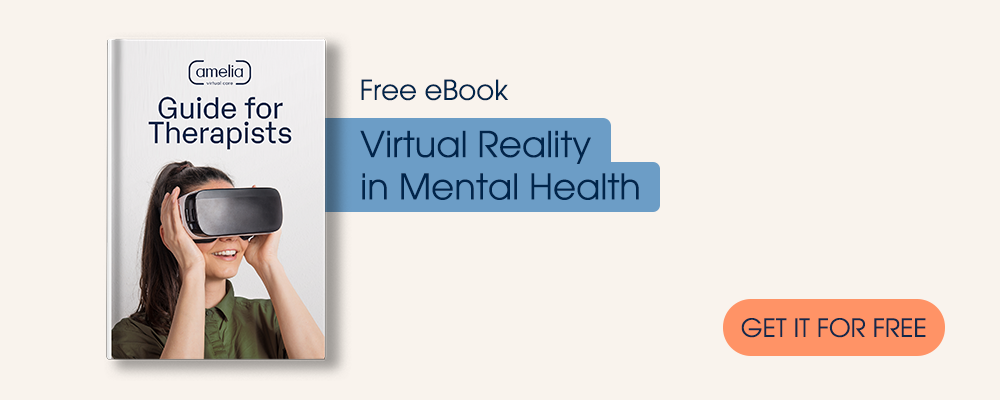A new clinical and experimental study: Multimedia intervention for specific phobias
Here at Amelia Virtual Care, we promote the use of virtual reality (VR) interventions in clinical sessions. This type of technology has been shown to be as efficacious as cognitive-behavioral therapy and appeals to a growing trend of individuals willing to try breakthrough, digital therapeutic approaches. However, we also understand that not all therapists have access to VR due to limited budgets or unfamiliarity with VR applications in mental health settings. We would therefore like to approach the topic of VR from a different yet arguably more recognizable perspective—multimedia intervention, namely videos and photos. In this light, we will have a more elucidated understanding of how even mere images and videos—a preliminary component of VR—touches upon the potential of complementing common therapeutic practices with more unclassical interventions. To do this, we will perform an overview and brief analysis of a study published by University of Malaga investigators Antonio Ruiz-García and Luis Valero-Aguayo. This research undertaking explores the efficacy of progressive multimedia exposure in individuals with specific phobias.
The Study’s Findings
This study, like many others, highlight how non-in vivo exposure treatments could be effective in minimizing anxiety behaviors and certain phobias. Additionally, while the dropout rate for general, classical interventions stands at an approximate rate of 10 to 15% (Choey et al., 2007), this study on multimedia interventions observed a dropout rate of 4.5%. If we focus on these primary findings, we can draw some precursory conclusions that speak to the promise of non-in vivo exposure approaches like multimedia use without foregoing the consideration of virtual reality in therapy sessions.
Multimedia and Virtual Reality
Multimedia use is effective in reducing anxiety due to its more controlled, yet progressive nature. If the element of control is a contributing factor to the success of patients’ advancements, then virtual reality interventions hold even greater potential. With virtual reality technology, therapists hold the reins of a fantastical, immersive environment that boasts fine-tuned details and adjusts bidirectionally (i.e., from less exposure to more exposure, or vice versa) based on patient progress and criteria set. Lastly, multimedia use and virtual reality have both demonstrated that dropout rates are lower when compared to those of more conventional techniques. This observation is important. Should patients truly expect to progress clinically, they must first remain in and adhere to treatment. Various causes could lead to dropouts; however, if the reason is interest, then let us remember that mental health specialists have within their control to make at least one simple change… that is, to integrate techniques like multimedia or virtual reality and appeal to a more imaginative (perhaps untapped) side of patients. If you’re curious to learn more about virtual reality and how it could positively change your sessions with patients, please feel free to contact us. We would love to set up a date and demo session with you!












